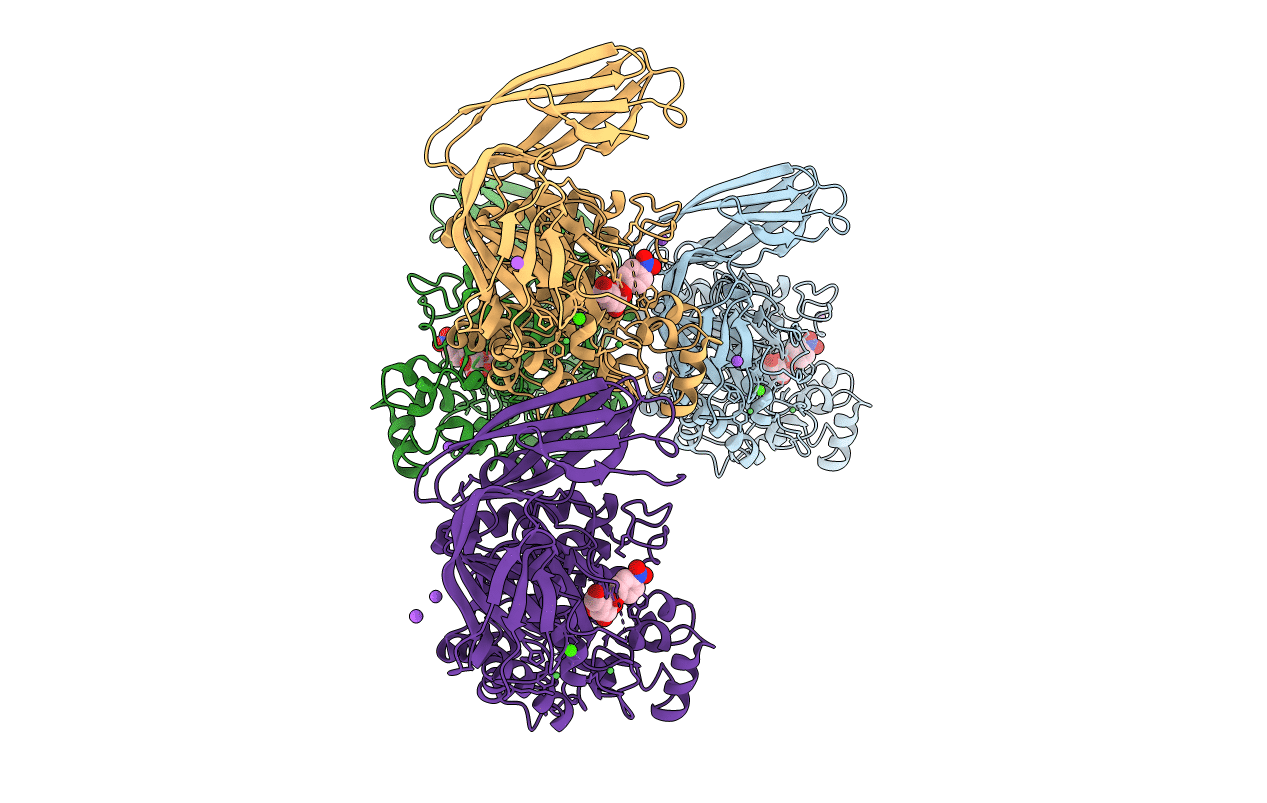
Deposition Date
2021-02-08
Release Date
2022-02-09
Last Version Date
2023-10-18
Entry Detail
PDB ID:
7LNP
Keywords:
Title:
Structure of the exo-alpha-L-galactosidase BpGH29 (D264N mutant) from Bacteroides plebeius in complex with paranitrophenyl-alpha-L-galactopyranoside
Biological Source:
Source Organism:
Bacteroides plebeius (Taxon ID: 484018)
Host Organism:
Method Details:
Experimental Method:
Resolution:
2.70 Å
R-Value Free:
0.28
R-Value Work:
0.22
R-Value Observed:
0.23
Space Group:
C 1 2 1


